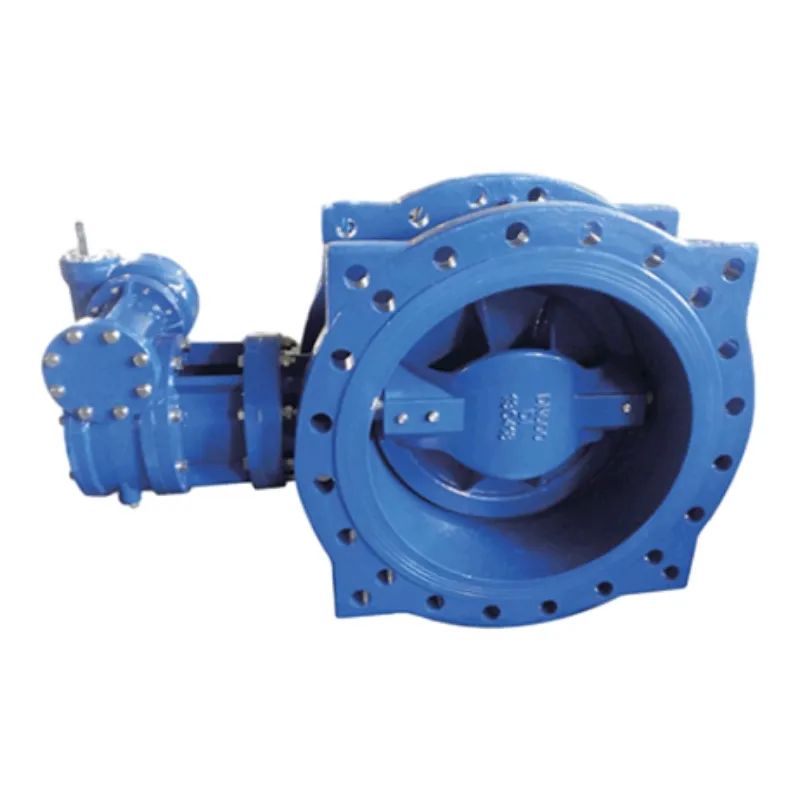10 月 . 13, 2024 10:25 Back to list
Sewage System Air Release Valves for Effective Wastewater Management and Maintenance
The Importance of Sewage Air Release Valves Essential Components for Efficient Wastewater Management
Sewage management is a critical aspect of modern urban infrastructure. With the growth of populations and industrial activities, efficient wastewater treatment has become increasingly vital. Among the many components in a sewage system, the air release valve, specifically designed for sewage applications, plays a crucial role. This article delves into the function, significance, and types of sewage air release valves.
Understanding Sewage Air Release Valves
Sewage air release valves are specialized devices installed in the sewage pipeline system. Their primary function is to release trapped air from the pipelines that can impede the flow of wastewater. When wastewater flows through the system, it can create pockets of air that, if not managed, can lead to several problems, including reduced efficiency and increased pressure within the pipes.
Air pockets can occur due to the design of the sewage system or changes in elevation. They can disrupt the hydraulic balance, affect the performance of pumps, and even cause the siphoning effect, which can lead to the backflow of sewage. Therefore, air release valves are essential for ensuring the smooth operation of the sewage system.
Why Are Air Release Valves Necessary?
1. Preventing Blockages Trapped air can lead to blockages, causing sewage to back up in the system. Air release valves help prevent this by allowing air to escape, thereby maintaining a continuous flow of wastewater.
2. Reducing Pressure When air accumulates in the pipeline, it can create pressure buildups that may lead to pipe bursts or leaks. The use of air release valves mitigates this risk by allowing accumulated air to be vented safely, thereby protecting the integrity of the sewage system.
3. Enhancing System Efficiency Efficient sewage systems are crucial for public health and environmental protection. By utilizing air release valves, operators can ensure that the system runs smoothly without interruptions, enhancing overall efficiency in handling sewage.
sewage air release valve

4. Facilitating Maintenance Regular maintenance is vital for the long-term health of sewage systems. Air release valves allow for easier access and monitoring of air pockets, making it simpler for maintenance teams to address sewage flow issues before they escalate.
Types of Sewage Air Release Valves
Sewage air release valves come in various designs to cater to specific application needs. The most common types include
1. Automatic Air Release Valves These valves operate automatically, releasing air as needed without requiring manual intervention. They are equipped with floats that respond to water levels in the pipeline, making them ideal for continuous operation in larger systems.
2. Combination Air Valves These versatile valves can function as both air release and air/vacuum valves. They are effective in releasing air during sewage flow and allowing air to enter the system to prevent vacuum situations.
3. Manual Air Release Valves As the name suggests, these valves require manual operation. While they are not as commonly used in modern sewage systems, they can still find applications in smaller or less complex setups.
4. Anti-Surge Air Release Valves These specialized valves are designed to manage sudden pressure changes and surges in the sewage line, providing additional protection against the risks associated with fluctuating pressures.
Conclusion
In conclusion, sewage air release valves are vital components in maintaining the efficacy and safety of sewage management systems. By preventing air blockages, reducing pressure, and ensuring smooth wastewater flow, these valves contribute significantly to public health and environmental safety. As urbanization continues to expand and the demand for efficient waste management grows, the importance of well-designed and functioning sewage air release valves cannot be overstated. Their role in enhancing the performance of wastewater systems underscores the need for proper installation, regular maintenance, and timely upgrades to infrastructure to meet the challenges of modern sewage management.
Share
-
Understanding the Differences Between Wafer Type Butterfly Valve and Lugged Butterfly ValveNewsOct.25,2024
-
The Efficiency of Wafer Type Butterfly Valve and Lugged Butterfly ValveNewsOct.25,2024
-
The Ultimate Guide to Industrial Swing Check Valve: Performance, Installation, and MaintenanceNewsOct.25,2024
-
Superior Performance with Industrial Swing Check Valve: The Essential Valve for Any SystemNewsOct.25,2024
-
Industrial Swing Check Valve: The Ideal Solution for Flow ControlNewsOct.25,2024
-
You Need to Know About Industrial Swing Check Valve: Functionality, Scope, and PerformanceNewsOct.25,2024